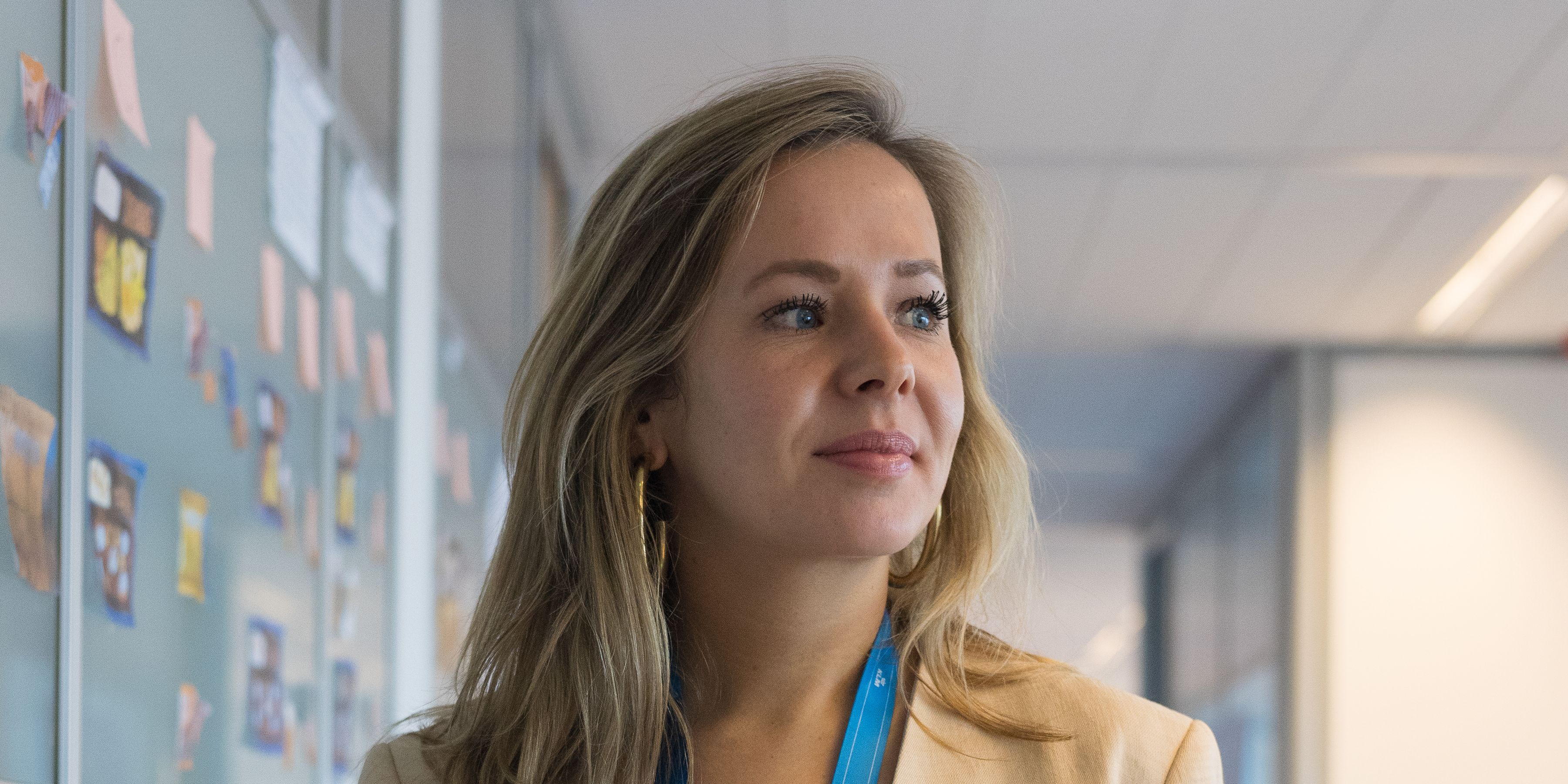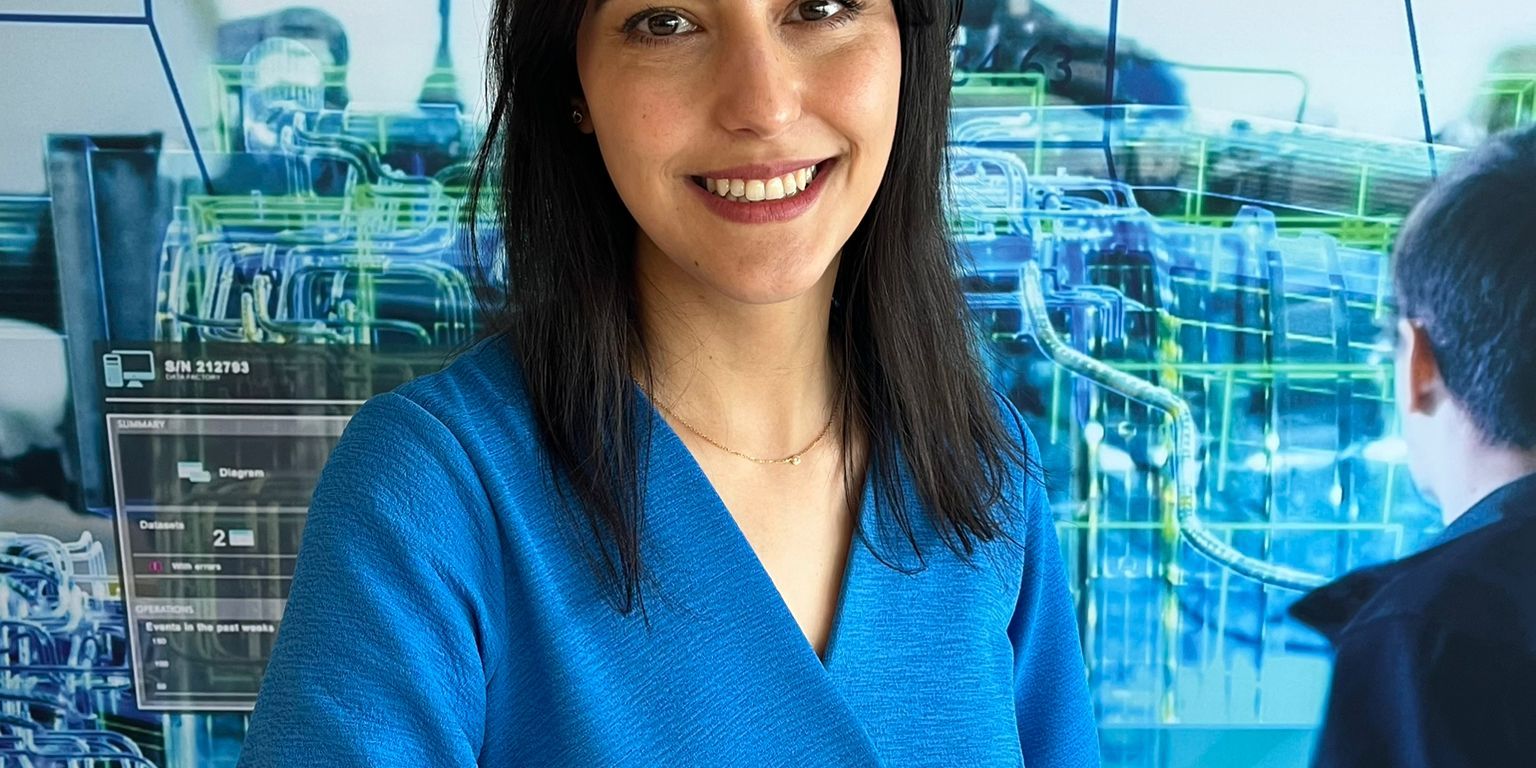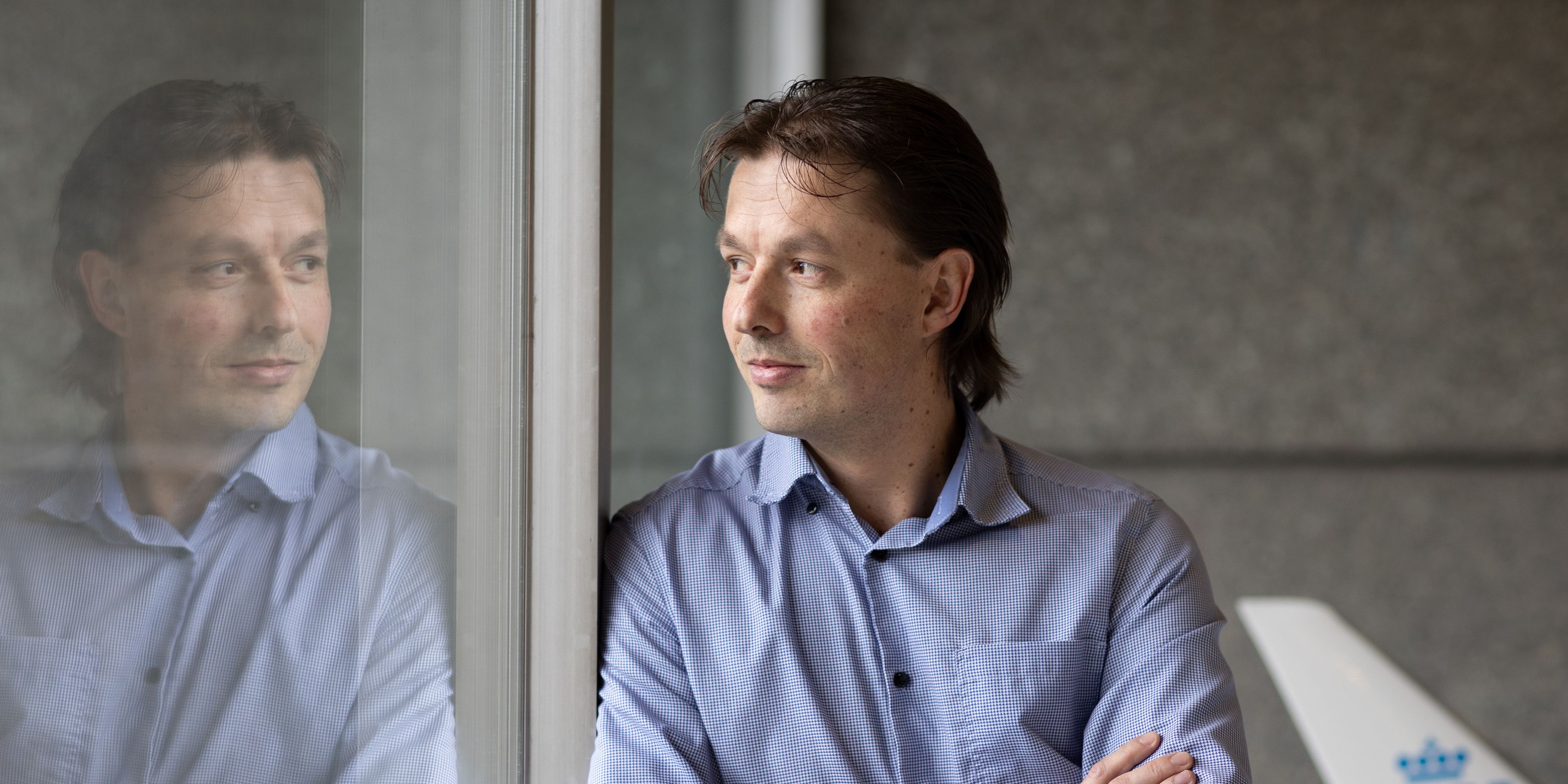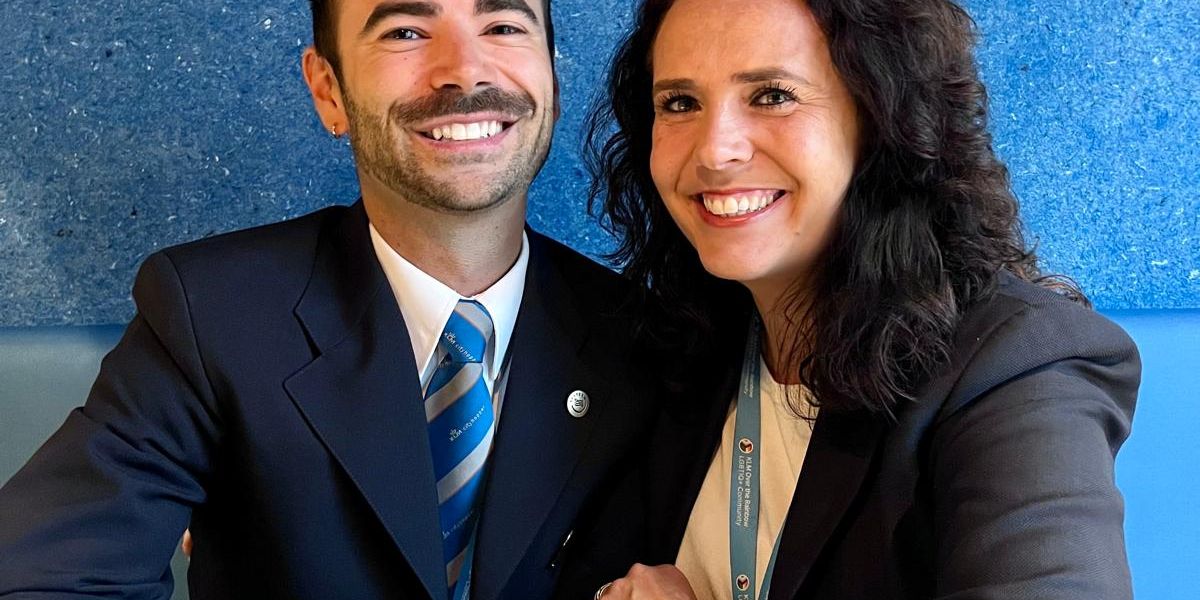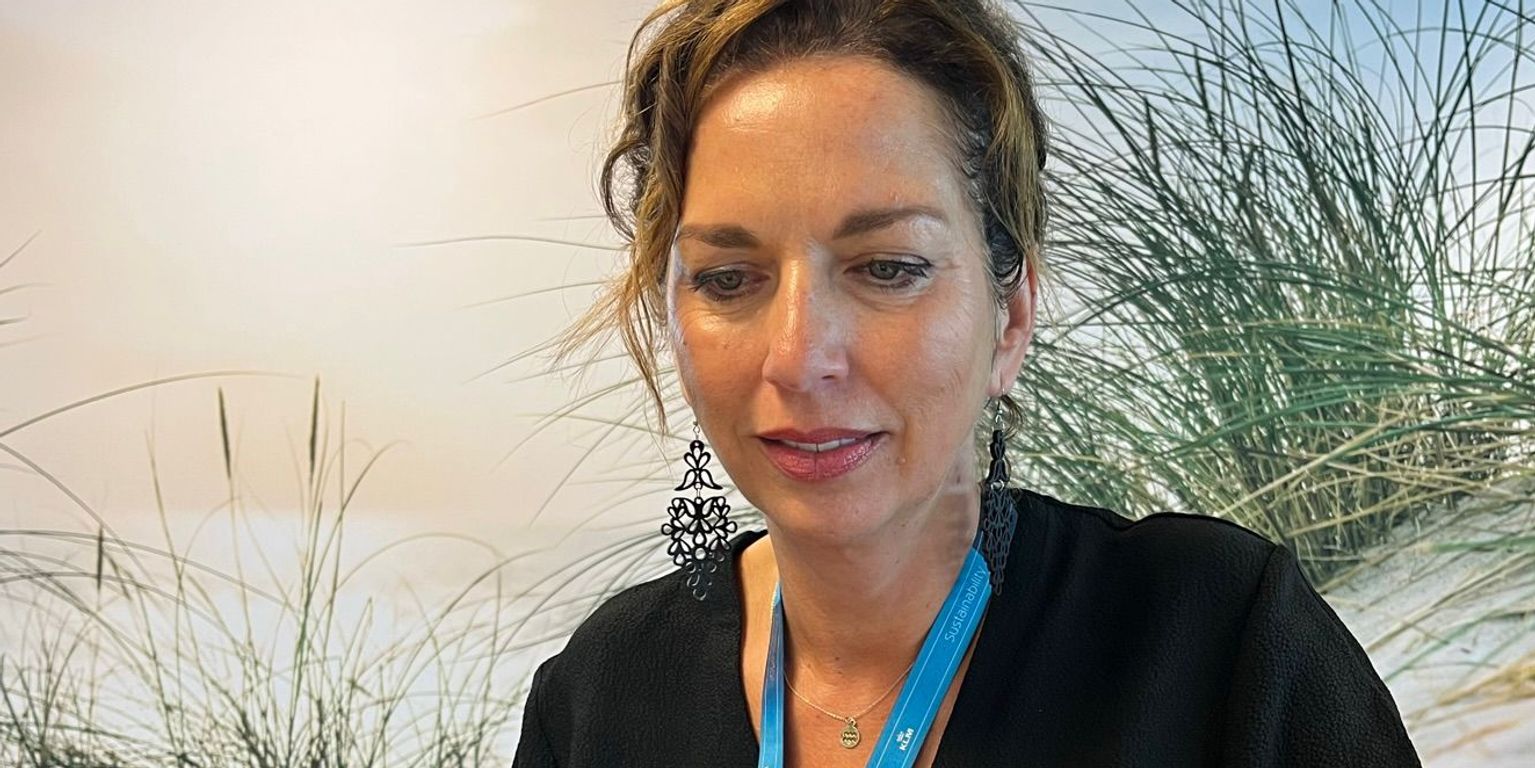Electric flying: we are at the beginning, but further than ever before
Flying on Batteries: An Eternal Dream or a Reality That’s Getting Closer?
It’s hard to predict, says Sabri. Still, he’s doing everything he can to make electric flying possible. To this end, he speaks with experts from all over the world. KLM is called a ‘pioneer’ for a reason, and Sabri is helping the airline prove itself once again in this field. One thing he knows for sure: people will want to keep flying in the future—maybe even more than before.
The Future of Aviation
“About a year ago, I applied to join the Zero Emission Aviation team. Flying without emissions: that’s what we’re helping KLM with. We’re researching if and how we can fly on hydrogen, electricity, or a hybrid form of these in the future. The team consists of four people, each with a totally different background. I used to be an engineer at KLM Cityhopper, so I mainly handle the technical side. I talk to manufacturers, dive into university research, and closely follow technological developments.”
My days are really varied. One moment, I’m working on an implementation plan for electric flying, the next I’m putting together a presentation for a meeting with an aircraft manufacturer, and later in the day I attend a presentation by PhD students from TU Delft.Sabri
The Big Unknown
When we’ll be taking to the skies on commercial electric flights is still anyone’s guess, according to Sabri. “I don’t have a crystal ball, and I find it really hard to make predictions in this area. It all depends on the further development of certain technologies, and whether they can get through certification. And also how long those processes take. Our prediction: in the best-case scenario, the first battery- or hybrid-electric aircraft for commercial use will come to market at the beginning of the next decade. It will have space for a maximum of 19 passengers. If the technology proves itself, we expect larger aircraft to follow later that decade.”
“KLM helps aircraft manufacturers by joining their advisory boards. They can really use our perspective to design the right aircraft. This way, we give the development of electric aircraft a push in the right direction.”
No Quick-Fix Solution
“At the moment, electric flying is mainly used for training purposes. I’m talking about aircrafts with space for two passengers. The first generation of electric planes will have a limited range and only a handful of seats. For KLM, making commercial flying with these planes attractive is a big challenge.”
So what makes it so difficult to get large electric planes in the air? “To fly, you need energy. Right now, we get that from kerosene. Batteries contain much less energy by comparison and are a lot heavier. Think about it: the energy output of one kilo of kerosene is equal to fifty kilos of batteries. So electric flying is mainly heavy, and therefore not so easy. Fortunately, more and more batteries with greater energy density are being developed—in other words, lighter variants that contain more energy.” The electric infrastructure also plays a role. “If you want to charge aircraft at the airport on a large scale all day, you’ll need a lot of capacity.”
Many Conditions
“When designing a battery, three factors are crucial: safety, energy density, and lifespan. But if you improve one property, it often comes at the expense of another. It’s all about balance. In the end, you don’t want batteries to need replacing too often, both for cost and environmental reasons. We also look at how the battery is made. Critical materials like lithium, for example, often come from mines in countries where human rights are not high on the agenda.”
Further Than Ever Before
There are still plenty of challenges ahead. But we dare to say one thing: people will want to keep flying.Sabri
To discourage it and compensate for its negative impacts, ticket prices are now being driven up by excise duties and taxes. We’re doing everything we can to change that in the future by flying net zero. Hopefully, the small electric aircraft coming to market in the next few years are a good omen for the next generation of electric planes. To be honest: we’re still at the beginning, but at the same time, we’re further than we’ve ever been.”
